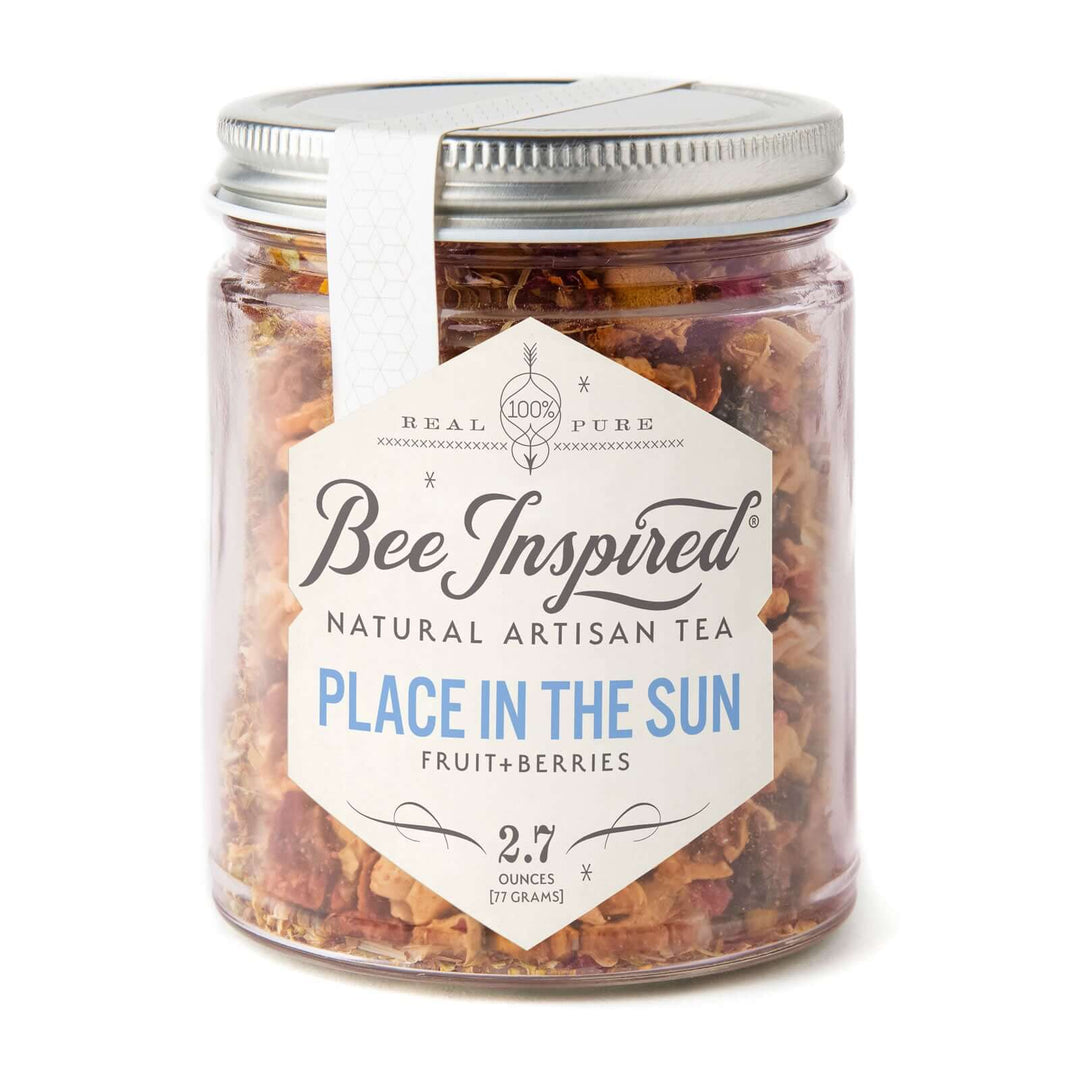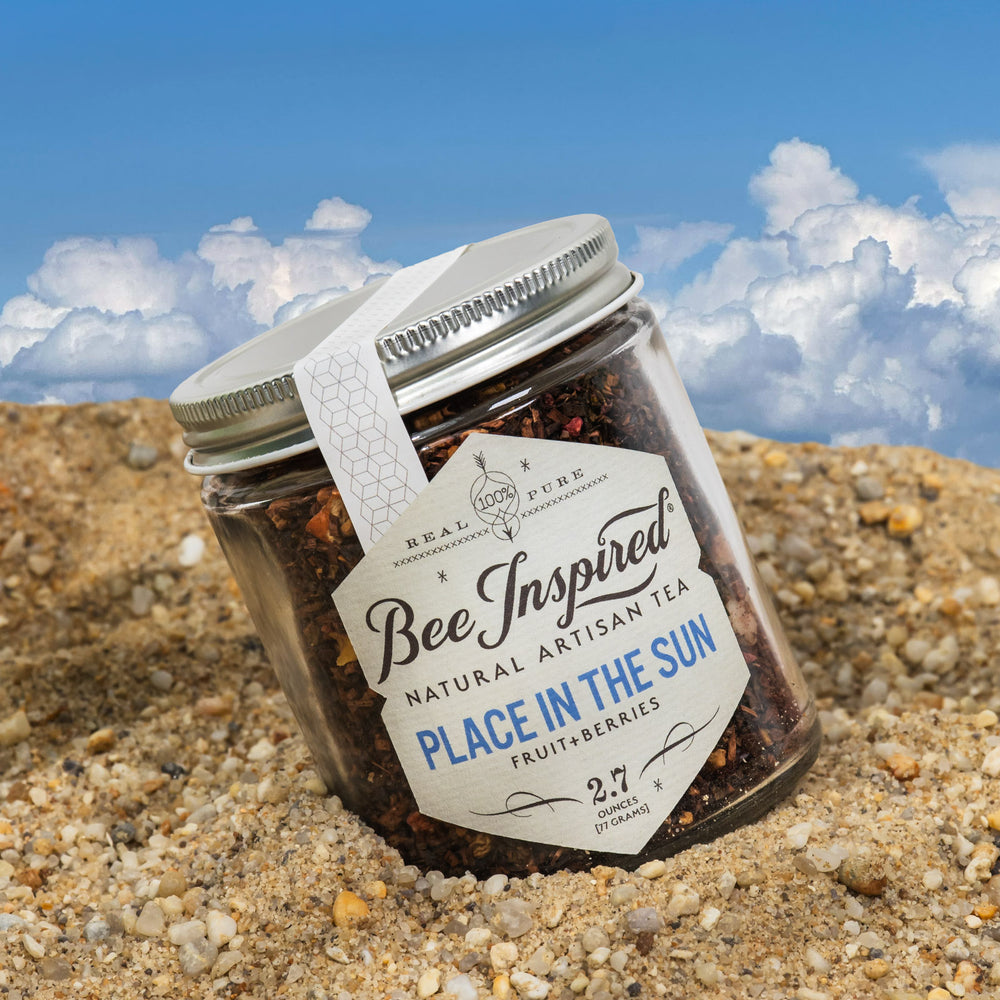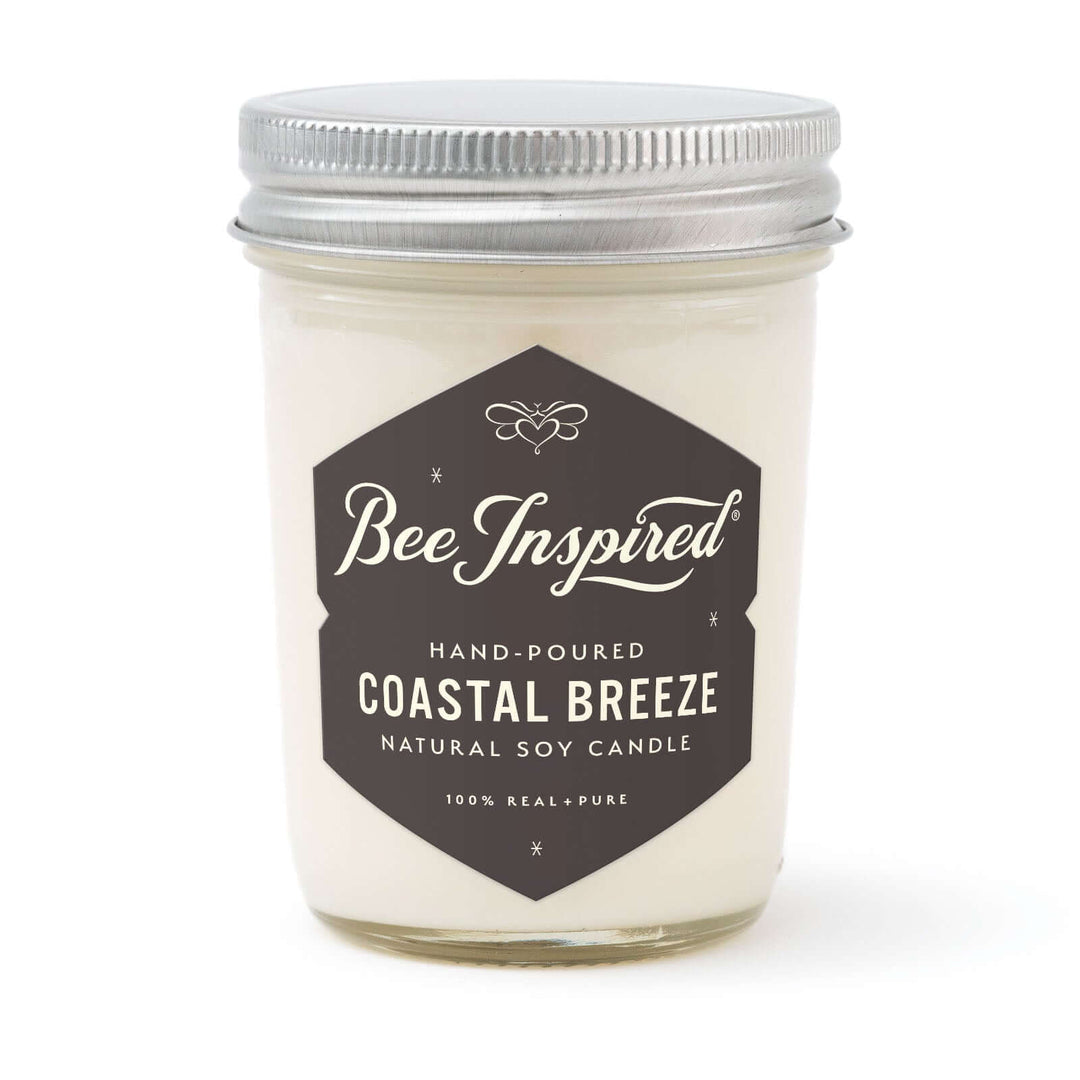While honey is increasingly hailed as a healing and health-improving miracle-worker, the roots of apitherapy and its importance to humans go back many thousands of years.
A 2012 report entitled, “Honey as Nutrient and Functional Food” by Stefan Bogdanov frames the discussion: “As the only available sweetener honey was an important food for Homo sapiens since his very beginnings. Indeed, the relation between bees and Homo sapiens started as early as the stone age. In order to reach the sweet honey, man was ready to risk his life. Already the first written reference to honey, a Sumerian tablet writing, dating back to 2100-2000 BC, mentions honey’s use as a drug and an ointment. In most ancient cultures honey has been used for both nutritional purposes and for medicine. The belief, that honey is a nutrient, drug, and ointment has been carried into our days. For a long time in human history, it was the only known sweetener, until industrial sugar production began to replace it after 1800. In the long human history, honey has been not only as a nutrient but also as a medicine. A medicine branch, called apitherapy, has developed in recent years, offering treatments for many diseases by honey and the other bee products.”
So, as is commonplace with so many ancient go-to remedies, what is “new” in honey is really based on eons of empirical and anecdotal evidence. Western medicine, in its “infinite” wisdom, eschewed many proven natural substances such as honey in favor of high-powered modern pharmaceuticals. But now, fueled by ongoing reports of the drawbacks of pills and associated protocols, consumers are looking backward to move forward with their healthcare regimens.
And, honey is a key constituent of this health revolution. But, not just any honey will do. The stuff in the plastic bear that you see at the store often is no better than thick sugar-water, devoid of most healthful qualities. No, we’re talking about high-quality honey such as that meticulously, organically, and painstakingly produced by local beekeepers.
Uses include fighting scary MRSA infections. An MRSA blog post from late 2012 discusses findings: “Can honey really kill MRSA…As antibiotic resistance becomes an increasing issue, researchers are busy investigating natural alternatives to fight deadly infections. Researchers in Liverpool for example investigated the effects of using honey as an antibacterial agent for post-operative wound care in the fight against MRSA. Patients that had honey applied to their wounds had 36% fewer incidences of infection, and spent around 25% less time in the hospital compared to those who were not administered honey.”
The latest apitherapy news involves researchers at Washington University School of Medicine in St. Louis have shown nanoparticles carrying a toxin found in bee venom can destroy human immunodeficiency virus (HIV) while leaving surrounding cells unharmed. “Our hope is that in places where HIV is running rampant, people could use this gel as a preventive measure to stop the initial infection,” says Joshua L. Hood, MD, PhD, a research instructor in medicine.
Infection protection The Worldwidewounds website is full of information about honey as a topic antibacterial agent. The site notes, “Honey is an ancient remedy for the treatment of infected wounds, which has recently been 'rediscovered' by the medical profession, particularly where conventional modern therapeutic agents are failing. There are now many published reports describing the effectiveness of honey in rapidly clearing infection from wounds, with no adverse effects to slow the healing process; there is also some evidence to suggest that honey may actively promote healing. In laboratory studies, it has been shown to have an antimicrobial action against a broad spectrum of bacteria and fungi. However, further research is needed to optimise the effective use of this agent in clinical practice.”

Our Plastic-Free Honey Lip Balm is a sustainable and eco-friendly way to keep your lips hydrated and healthy
Other reports cite the use of honey and bee propolis to treat infections, noting both antibacterial and anti-inflammatory properties. Tests have shown effectiveness against skin ulcers and colitis, among other conditions.











